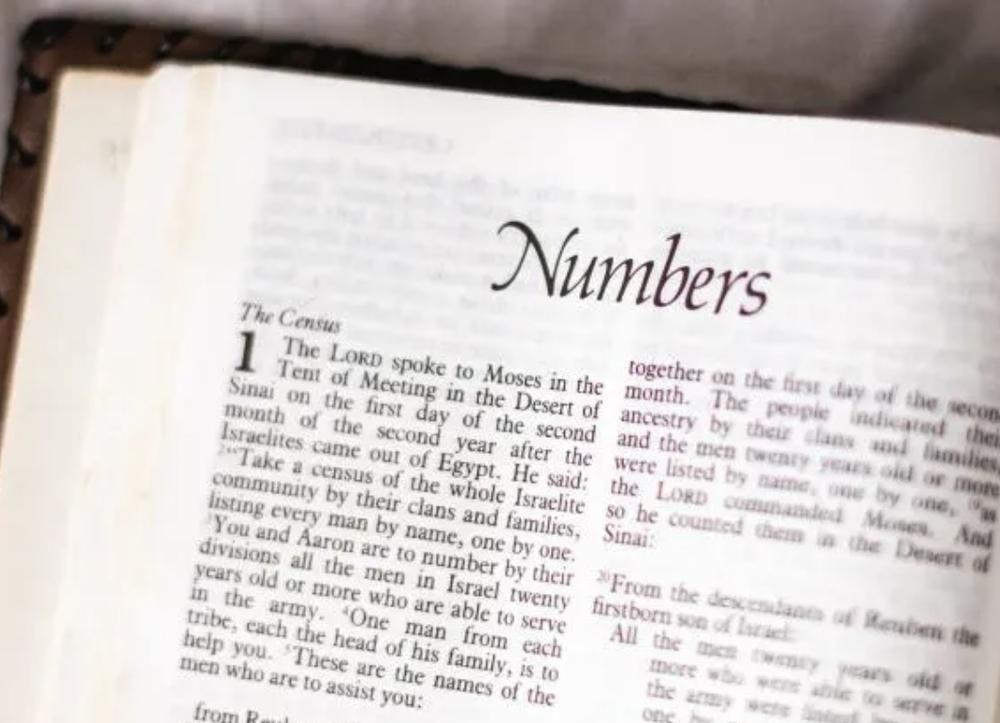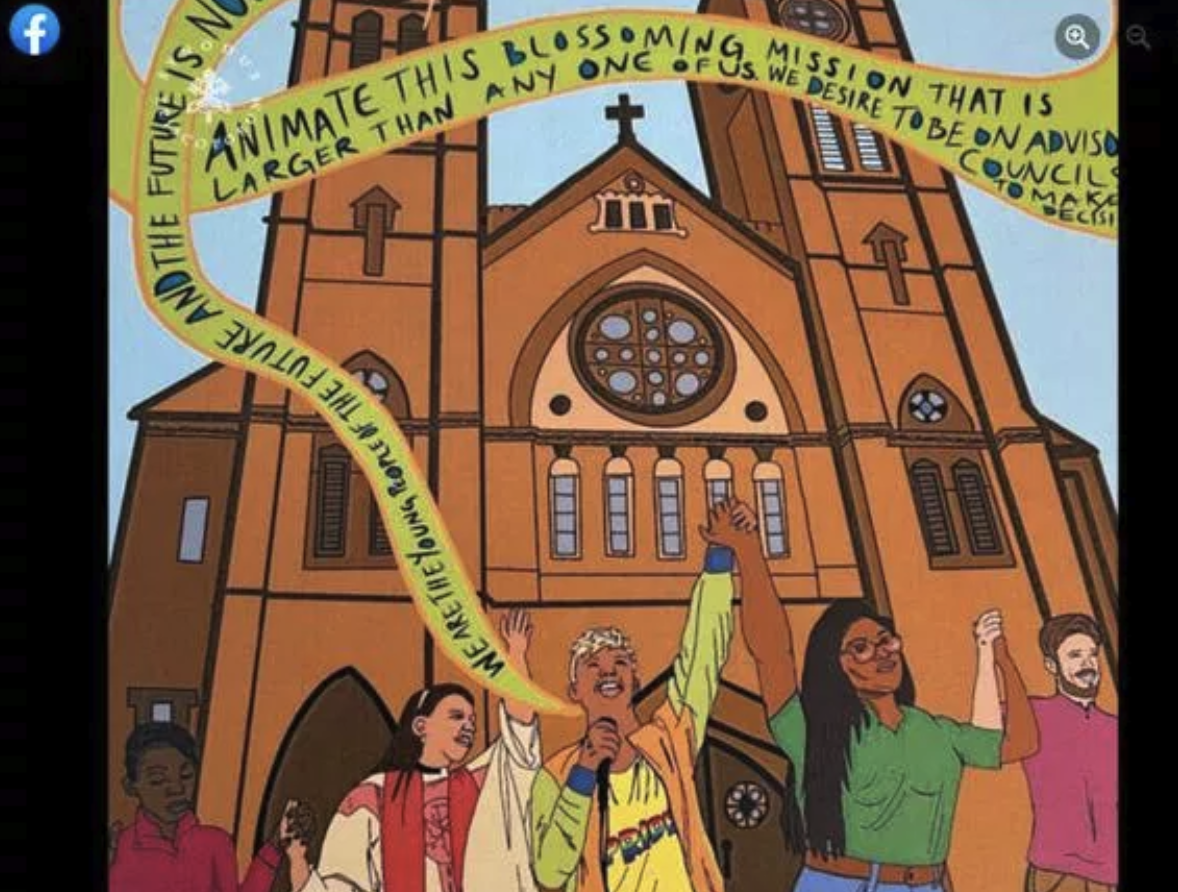If you look up a standard definition of “antisemitism,” and commentaries that apply the term to public life, you will probably find references to mass media.
Consider, for example, this language from the “Working Definition of Antisemitism” commentary from the American Jewish committee. The definition itself: “Antisemitism is a certain perception of Jews, which may be expressed as hatred toward Jews. Rhetorical and physical manifestations of antisemitism are directed toward Jewish or non-Jewish individuals and/or their property, toward Jewish community institutions and religious facilities.”
The case-study material begins with these explanatory notes, the first two in a list of 10:
* Calling for, aiding, or justifying the killing or harming of Jews in the name of a radical ideology or an extremist view of religion.
* Making mendacious, dehumanizing, demonizing, or stereotypical allegations about Jews as such or the power of Jews as collective — such as, especially but not exclusively, the myth about a world Jewish conspiracy or of Jews controlling the media, economy, government or other societal institutions.
The phrase “controlling the media” loomed over this week’s “Crossroads” podcast (CLICK HERE to tune that in), which focused on a Los Angeles Times story with this double-decker headline:
How the Israel-Hamas war is dividing Hollywood
Nerves are fraying. Relationships are being strained to the breaking point. Words are being wielded like weapons.
For decades, claims that Jews “control” the media have included chatter about Jews “controlling” Hollywood.
The key word is “control,” as opposed to decades of writing — often by Jewish scholars — about the strong and unique role Jews have played in Hollywood life, in terms of creative skills and business clout. Consider this classic book by Neal Gabler, “An Empire of Their Own: How the Jews Invented Hollywood.”










